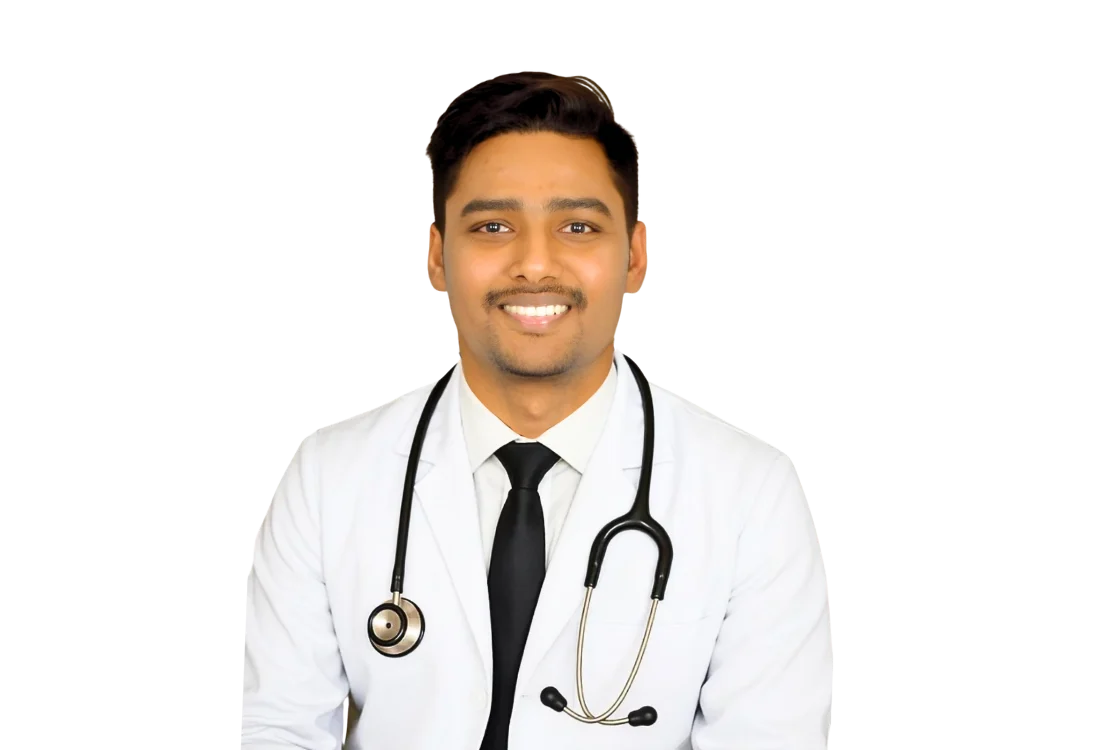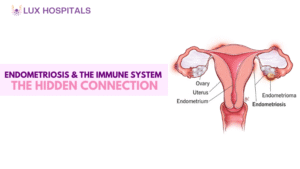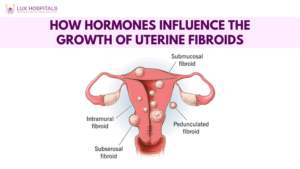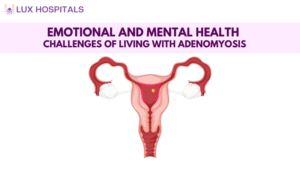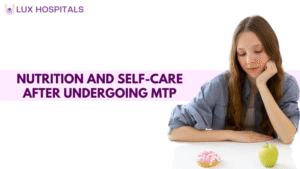Endometriosis Treatment Options: Surgery and Lifestyle Changes
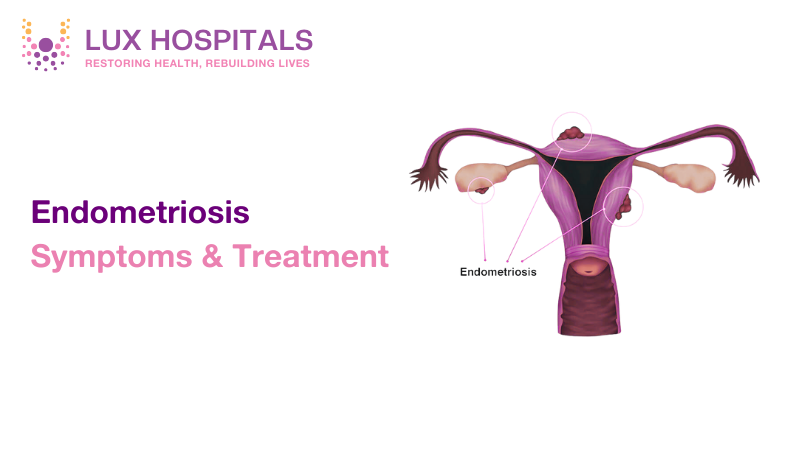
Endometriosis is a painful and complex disorder affecting millions of women across the world. It is a condition whereby tissue, much like the uterine lining, grows outside the uterine cavity, thus causing pain and, at times, interfering with fertility. Although there is no definite cure for endometriosis, appropriate treatment may alleviate symptoms and thereby improve quality of life.
Endometriosis Symptoms
The symptoms of endometriosis may also range from mild to severe. Common signs include:
- Chronic pelvic pain
- Heavy or irregular menstrual bleeding
- Pain during or after intercourse
- Painful bowel movements or urination
- Fatigue, bloating, or nausea
- Difficulty in conceiving
Early identification of these endometriosis symptoms will ensure immediate action and appropriate treatment of the condition.
Causes of Endometriosis
Endometriosis’s causes are not well-known. However, a number of elements are thought to have contributed to its development:
- Retrograde Menstruation: The menstrual blood carrying endometrial cells backs up through the fallopian tubes into the pelvic cavity, which should otherwise have been expelled from the body.
- Hormonal Imbalance: Estrogen dominance leads to the abnormal growth of endometrial tissue.
- Genetic Predisposition: Family history of endometriosis increases the chances of a woman getting the disease
- Immune System Dysfunction: The body fails to identify and eliminate the misplaced endometrial cells thus their survival is a factor in pathogenesis.
- Environmental Toxins: Some chemicals can affect the balance of hormones and raise the risk of endometriosis.
Treatment Options for Endometriosis
Treatment for endometriosis typically consists of a mix of lifestyle, behavioral, and medical methods.
1. Medications for Pain Management
Relieving pain is a crucial part of endometriosis treatment. The following are some of the commonly used drugs.
- Nonsteroidal anti-inflammatory drugs (NSAIDs): These help in relieving pain and inflammation.
- Hormonal Therapy: Birth control pills, GnRH agonists, and progestins help regulate hormonal imbalances and slow tissue growth.
While medications can manage endometriosis symptoms, they do not treat the root cause.
Surgical Options for the Treatment of Endometriosis
1. Laparoscopic Surgery for Endometriosis
Laparoscopy is the least invasive procedure, which is used for diagnosis as well as the treatment simultaneously. In endometriosis laparoscopic surgery, a surgeon makes small incisions in the abdomen through which, a thin instrument along with an attached camera is inserted. The abnormal tissue is removed or destroyed by the laser or electrical energy.
Advantages of laparoscopy
- Least invasive having smaller incision
- Less recovery time
- Postoperative pain is lower than with open surgery.
2. Hysterectomy Last Resort Option)
When existing treatments are insufficient for severe cases, a hysterectomy, or surgical removal of the uterus, may be necessary, may be recommended. This is usually done as a last resort, more so for women desiring to conceive.
Lifestyle Changes to Manage Endometriosis
In addition to medical and surgical treatment, some lifestyle changes are also essential in the treatment of endometriosis.
1. Diet and Nutrition
A nutritious, well-balanced diet can control hormone production and reduce inflammation. Consider of such as:
- Anti-inflammatory Foods: Berries, nuts, leafy greens, and fatty fish
- Hormone-Balancing Foods: Flaxseeds, whole grains, and cruciferous vegetables
- Limiting Processed Foods: Limit foods containing refined sugars, dairy products, and excess caffeine
2. Exercise and Physical Activity
Exercise regularly helps balance estrogen levels in addition to other benefits like improved circulation, reduced pain, and discomfort. Low impact exercises, particularly yoga, swimming, and walking are best for women with endometriosis
3. Stress Reduction Techniques
Chronic stress exacerbates symptoms of endometriosis. Some tried-and-tested means of managing endometriosis through stress include :
- Mindfulness and deep breathing
- Acupuncture
- Cognitive behavioral therapy (CBT)
4. Natural Remedies and Alternative Therapies
Some women find relief through alternative treatments such as :
- Herbal Supplements: Turmeric, ginger, and chasteberry.
- Acupuncture and Reflexology: The two therapies also help with pain
- Essential Oils: Lavender and clary sage reduce stress and discomfort
Understanding Endometriosis Stages
The four stages of the disease are based on its severity:
Stage 1 (Minimal): Small superficial implants with little scarring
Stage 2 (Mild): More implants and some scarring.
Stage 3 (Moderate): Deep implants with a lot of scar tissue.
Stage 4 (Severe): Deeply invasive implants, large cysts, and severe adhesions
The stage of endometriosis often determines treatment decisions and overall symptom severity
Conclusion
Although the treatment of endometriosis cannot offer a permanent cure, it can very well be managed through a mix of medical intervention, endometriosis laparoscopic surgery, and changes in lifestyle. If you suspect that you may be suffering from this condition, do get a proper diagnosis by a specialist and tailor-made treatment.
With knowledge and proactive attitude, it is possible for a woman with endometriosis to lead a complete life notwithstanding the challenges posed by this disease.
Frequently Asked Questions
Endometriosis is a condition where tissue similar to the lining inside the uterus grows outside it, causing pain, especially during menstruation. It can lead to infertility and other symptoms like heavy periods, pain during intercourse, and digestive issues.
Endometriosis cannot be fully prevented, but maintaining a healthy weight, regular exercise, and using hormonal birth control may help reduce the risk and manage symptoms.
Endometriosis itself does not directly cause cancer, but it may increase the risk of certain types, such as ovarian cancer. It’s considered a risk factor, not a cause, and regular monitoring is recommended.
To find the best endometriosis specialist near you, you can visit Lux Hospitals’ website, contact their helpline for recommendations, or consult their gynecology specialists who are experienced in treating endometriosis.
Endometriosis involves tissue growing outside the uterus, causing pain, while ovarian cysts are fluid-filled sacs on the ovaries that may or may not cause symptoms.
Chances of pregnancy with endometriosis can vary. While many women with the condition can conceive naturally, endometriosis can affect fertility by causing damage to the ovaries, fallopian tubes, or uterus. Treatment options may help improve the chances of pregnancy.















